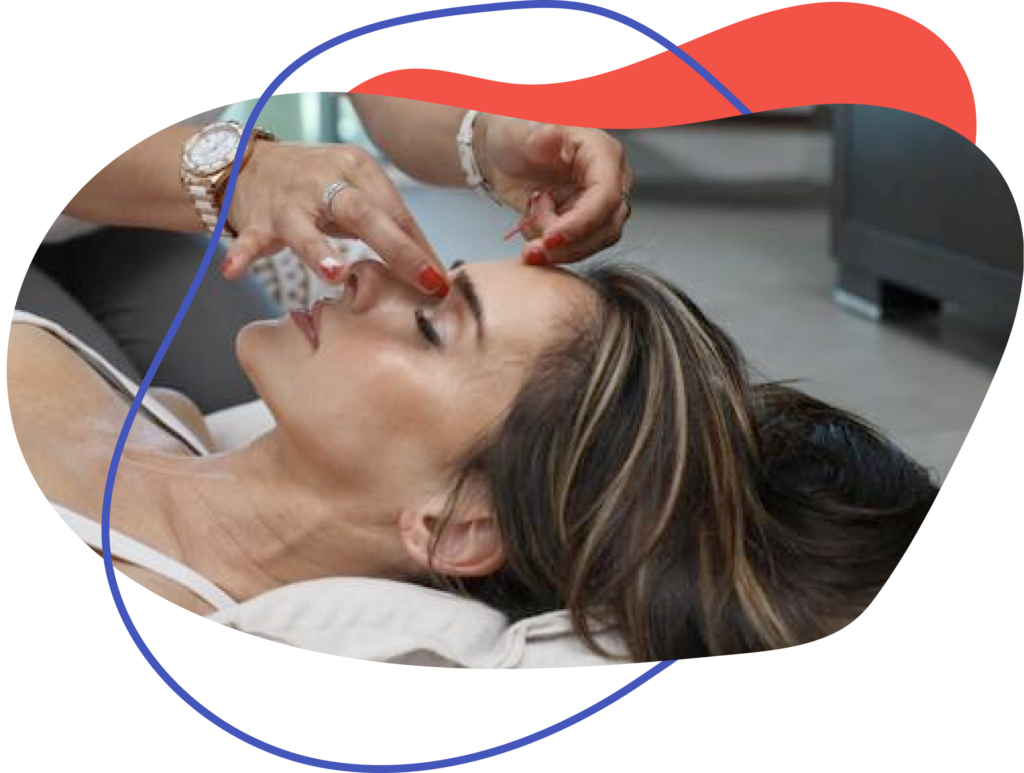Acupuncture

Traditional Chinese Medicine
Acupuncture, or Traditional Chinese Medicine (TCM), is a complete medical system that has diagnosed, treated, and prevented illness for over 23 centuries. While it can remedy a wide variety of ailments and alter states of mind, Traditional Chinese Medicine can also enhance recuperative power, boost immunity, and increase the capacity for pleasure, work and creativity.
In Traditional Chinese Medicine, all of creation is born from the union of two polar principles…Yin & Yang (Earth & Heaven, Winter & Summer, Night & Day, Cold & Hot, Wet & Dry, Inner & Outer, Body & Mind). Harmony of this marriage means good fortune, good health, and good weather; while disharmony leads to bad luck, disease, and disaster. The strategy of TCM is to restore this harmony.
Qi (pronounced chee) is the energetic force that gives us our capacity to move, think, feel, and work. This Qi circulates within the body through pathways called channels (or meridians) that link together all the parts of the body. Health exists when adequate Qi flows smoothly through the channels. Symptoms like joint pain, headache, anxiety, fatigue, PMS, hypertension, asthma, indigestion, etc. occur when the circulation of Qi is disrupted.
TCM practitioners assess a person’s health by taking a personal history, feeling the pulses on each wrist, and by observing the color and form of the face, tongue, and body. With this information, a TCM diagnosis is made and treatment begins. The goal of Traditional Chinese Medicine is to adjust and harmonize Yin & Yang. This may include acupuncture, herbs, diet, exercise and massage.

Acupuncture is based on the knowledge that Qi flows through different channels in the body and at times gets stagnant or congested. Acupuncture points are located in small depressions in the skin where the channels come closest to the surface of the skin. Thin sterile acupuncture needles are inserted into these acupuncture points in order to mobilize the Qi throughout the channels, to relieve the imbalanced flow, and stimulate proper functioning of organs and systems.
The actual insertion of the acupuncture needles usually goes unnoticed by most patients. After the insertion of the needle, different people feel different sensations – tingling, numbness, aching, warmth, heaviness, cramping – as the Qi is stimulated by the needle and begins to flow.
Needles usually remain in place for 20-40 minutes; however, duration of treatment depends on the nature of the complaint, its severity, how long it has been present, and the constitution of the patient. Acupuncture can be scheduled as often as every day to 3 times/week to 1 time/month. Response varies – some need only a few sessions and others need sustained treatment. As symptoms improve, fewer visits are required with longer time in between. Usually relaxation and an elevation of spirit accompany acupuncture treatments. And it is as normal to want to continue resting as it is to be immediately energized after receiving acupuncture. Some notice immediate relief of symptoms while others feel better and more energized in the days following treatment. Everyone is different and responds differently, but most people look forward to their next acupuncture session.

